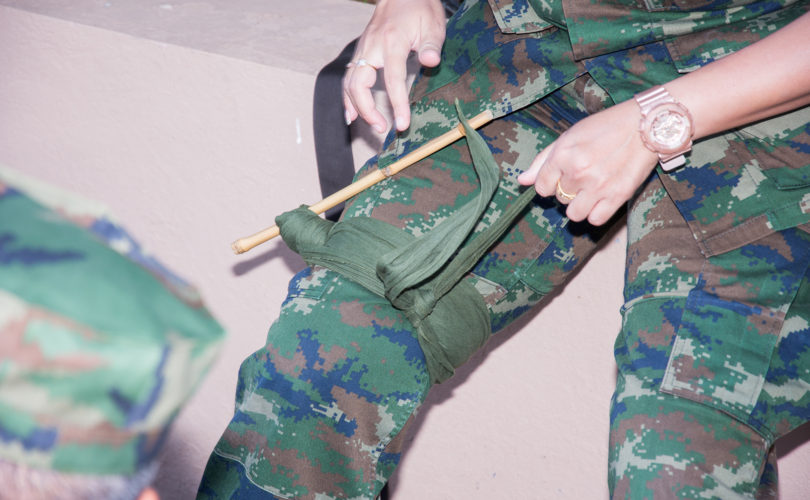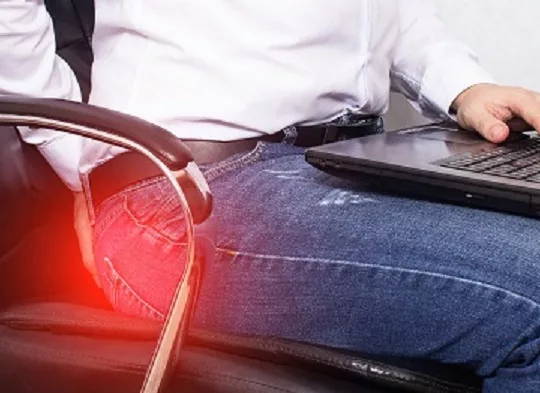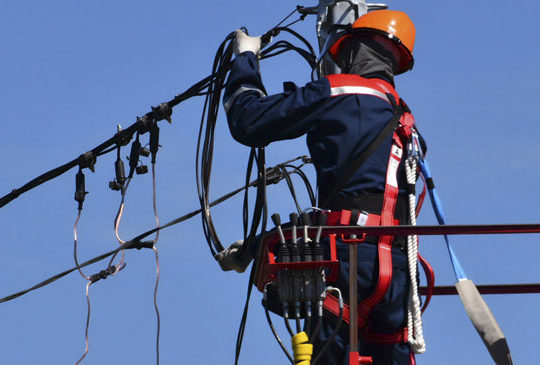If you are up to date with the news, you have probably heard the term (or seen the hashtag) “Stop The Bleed”. We are, as a nation, in a major surge of campaign awareness in the wake of the mass shooting tragedies across America. This awareness is inspiring people to educate and/or re-educate themselves on both basic and more advanced First Aid techniques in order to be prepared in the event of an emergency.
Stop The Bleed is a national awareness campaign that was launched by the White House in late 2015 to encourage people to get professional and advanced first aid training. While Emergency Medical Services are quick to the scene (here’s What the White House’s Stop the Bleed Campaign Means for EMS), bystanders are always there first, and the immediate actions to reduce blood loss can mean the difference between life and death. This preparedness movement is intended to normalize the procedure to stop bleeding caused by major traumas, similar to CPR and AED use.
In this day and age, the probability and frequency of these injuries seems to increase all the time, and knowing how to stop major blood loss really is as important as CPR. The movement aims to have public Bleeding Control supplies as readily available as AEDs in public spaces, and to come with proposed “just in time” audio or visual training to ensure proper use.
Here’s How To Stop the Bleed if you are a bystander in an emergency situation.
The recommended fill of a Stop the Bleed kit is similar to that of a military IFAK pouch, the most important tool being a tourniquet. Hemorrhage from a major trauma “is the second leading cause of death for patients injured in the prehospital environment, accounting for 30-40 percent of all mortality” (source). Applying a tourniquet early enough can prevent – or at the very least delay – the onset of shock, and increase chances of survival. With a resurgence in tourniquet utilization, military experiences have proven the effectiveness of immediate action, and the slim chance of complications when correctly applied.
The recommended minimum of other supplies for a public Bleeding Control kit is:
Knowledge on Bleeding Control and the ability to use a tourniquet (one of the tools in Stop the Blood kit)are increasingly important, and the integration of these life-saving techniques into general first aid and CPR training could save lives.







